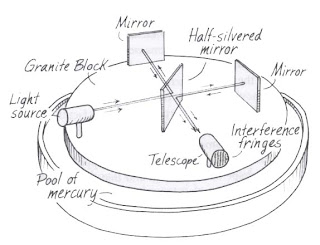"I think they've dropped 20 tons on my shoulders. I prepared for this for seven years" said Austrian German ServusTV canal, in his first interview after the jump.
Los Angeles. AFP. - The Austrian skydiver Felix Baumgartner yesterday managed to break the sound barrier in free fall after successfully performing a jump record from just over 39,000 feet above the floor of New Mexico (southeastern United States).
Baumgartner, 43, achieved the fastest free fall in history to reach a speed of 1,137 km / h (the sound barrier is broken the 1,100 km / h, editor's note) during the 4 minutes and 19 seconds before parachute opening, said spokeswoman Sarah Anderson mission. This means that in addition to breaking the 1.24 times exceeded
Referring to an old problem that nearly forced him to abort at the last minute, Baumgartner said, "even on a day like this to start as well, a little mistake can happen. But I finally decided to jump. And it was the right decision, "he said.
Recalling the words of Neil Armstrong first set foot on the moon, the Austrian skydiver said: "Sometimes you have to go until you realize how small you are."
During ascent in a capsule powered by a balloon drop and eight minutes later, the Austrian beat several brands: the biggest rise in a manned balloon, jumping from from a greater height, yet belonging to former colonel Joe Kittinger U.S. Air Force (31,333 meters in 1960) and the breaking of the sound barrier.
However, could not break the mark of the longest free fall since its 4 minutes 19 seconds fell short of the 4 minutes 36 seconds of Kittinger. One of the first people who was congratulated President of Austria Heinz Fischer.




